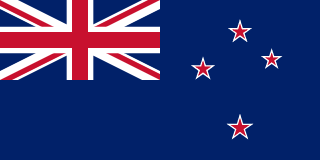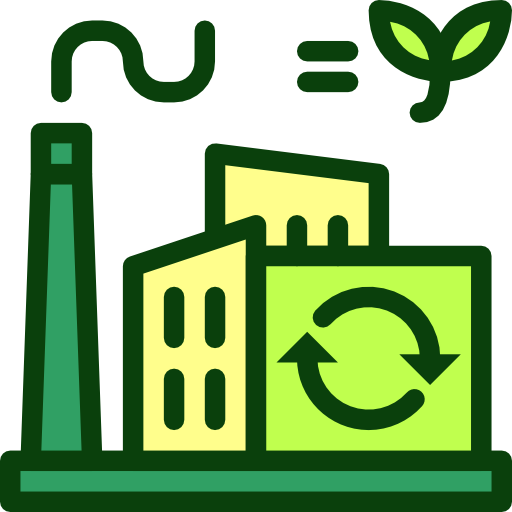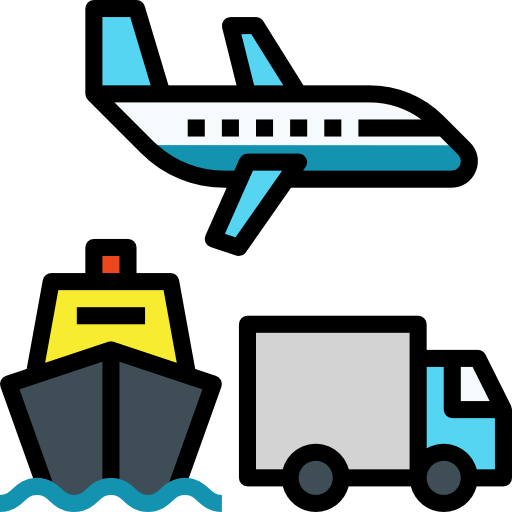New Zealand - Geography

Here, let us take a look at the Geography of New Zealand. note 1: consists of two main islands and a number of smaller islands; South Island, the larger main island, is the 12th-largest island in the world and is divided along its length by the Southern Alps; North Island is the 14th-largest island in the world and is not as mountainous, but it is marked by volcanism
note 2: New Zealand lies along the Ring of Fire, which is a belt bordering the Pacific Ocean that contains about 75% of the world's volcanoes and up to 90% of the world's earthquakes
note 3: almost 90% of the population lives in cities and over three-quarters on North Island; Wellington is the southernmost national capital in the world. Mother's mean age at first birth is 27.8 years (), whereas, the Maternal mortality ratio is 7 deaths/100,000 live births (2023 est.)
Geographical data of New Zealand
| Location | Oceania, islands in the South Pacific Ocean, southeast of Australia |
|---|---|
| Geographic coordinates | 41 00 S, 174 00 E |
| Map references | Oceania |
| Tarrain | predominately mountainous with large coastal plains |
| Natural Resources | natural gas, iron ore, sand, coal, timber, hydropower, gold, limestone |
| Natural Hazards | earthquakes are common, though usually not severe; volcanic activity volcanism: significant volcanism on North Island; Ruapehu (2,797 m) has a history of large eruptions in the past century; Taranaki has the potential to produce dangerous avalanches and lahars; other historically active volcanoes include Okataina, Raoul Island, Tongariro, and White Island; see note 2 under "Geography - note" |
| Irrigated Land | 7,000 sq km (2014) |
| Major rivers (by length in km) | |
| Major aquifers | |
| Land Boundaries | 0 km |
| Border Countries | |
| Coastline | 15,134 km |
| Climate | temperate with sharp regional contrasts |
| Area | |
| Total Area | |
| Land Area | 264,537 sq km |
| Water Area | 4,301 sq km |
| comparative Area | almost twice the size of North Carolina; about the size of Colorado |
| Maritime Claims | |
| Territorial sea | 12 nm |
| Contiguous zone | 24 nm |
| Exclusive economic zone | 200 nm |
| Continental shelf | 200 nm or to the edge of the continental margin |
| Elevations | |
| Highest point | Aoraki/Mount Cook 3,724 m; note - the mountain's height was 3,764 m until 14 December 1991 when it lost about 10 m in an avalanche of rock and ice; erosion of the ice cap since then has brought the height down another 30 m |
| Lowest point | Pacific Ocean 0 m |
| Mean elevation | 388 m |
| Land Use | |
| Agricultural land | 37% (2022 est.) |
| Agricultural land: arable land | arable land: 2% (2022 est.) |
| Agricultural land: permanent crops | permanent crops: 0.3% (2022 est.) |
| Agricultural land: permanent pasture | permanent pasture: 34.7% (2022 est.) |
| Forest | 37.7% (2022 est.) |
| Other | 25.3% (2022 est.) |
Population Distribution
Over three quarters of New Zealanders, including the Maori, live on the North Island, primarily in urban areas
People and Society
In New Zealand, the different Ethnic groups are such that we have: European 64.1%, Maori 16.5%, Chinese 4.9%, Indian 4.7%, Samoan 3.9%, Tongan 1.8%, Cook Islands Maori 1.7%, English 1.5%, Filipino 1.5%, New Zealander 1%, other 13.7% (2018 est.)
| Population | |
|---|---|
| Pop growth rate | 0.95% (2024 est.) |
| Birth rate | 12.6 births/1,000 population (2024 est.) |
| Death rate | 6.9 deaths/1,000 population (2024 est.) |
| Health expenditure | |
| Physicians Density | |
| Hospital bed Density | 2.7 beds/1,000 population (2021 est.) |
| Total fertility rate | 1.85 children born/woman (2024 est.) |
| Gross reproduction rate | 0.9 (2024 est.) |
| Contraceptive prevalence rate | |
| Est married women (ages 15-49) | 57.6% (2023 est.) |
| Literacy | |
| Education expenditures | |
| Net Migration rate | 3.8 migrant(s)/1,000 population (2024 est.) |
| Nationality | New Zealand | New Zealander(s) |
| Languages | English (de facto official) 95.4%, Maori (de jure official) 4%, Samoan 2.2%, Northern Chinese 2%, Hindi 1.5%, French 1.2%, Yue 1.1%, New Zealand Sign Language (de jure official) 0.5%, other or not stated 17.2% (2018 est.) |
| Religions | Christian 37.3% (Catholic 10.1%, Anglican 6.8%, Presbyterian and Congregational 5.2%, Pentecostal 1.8%, Methodist 1.6%, Church of Jesus Christ 1.2%, other 10.7%), Hindu 2.7%, Maori 1.3%, Muslim, 1.3%, Buddhist 1.1%, other religion 1.6% (includes Judaism, Spiritualism and New Age religions, Baha'i, Asian religions other than Buddhism), no religion 48.6%, objected to answering 6.7% (2018 est.) |
| Age Structure | |
| 0-14 years | 19% (male 503,120/female 475,490) |
| 15-64 years | 64.2% (male 1,674,407/female 1,638,276) |
| 65 years and over | 16.9% (2024 est.) (male 407,080/female 462,838) |
| Dependency Ratios | |
| Total dependency ratio | 55.8 (2024 est.) |
| Youth dependency ratio | 29.5 (2024 est.) |
| Elderly dependency ratio | 26.3 (2024 est.) |
| Potential support ratio | 3.8 (2024 est.) |
| Median Age | |
| Total | 37.9 years (2024 est.) |
| Male | 37.2 years |
| Female | 38.6 years |
| Urbanization | |
| Urban population | 87% of total population (2023) |
| Rate of urbanization | 0.92% annual rate of change (2020-25 est.) |
| Major urban areas (Pop) | 1.673 million Auckland, 422,000 WELLINGTON (capital) (2023). |
| Sex Ratio | |
| At birth | 1.05 male(s)/female |
| 0-14 years | 1.06 male(s)/female |
| 15-64 years | 1.02 male(s)/female |
| 65 years and over | 0.88 male(s)/female |
| Total population | 1 male(s)/female (2024 est.) |
| Infant Motality | |
| Total | 3.3 deaths/1,000 live births (2024 est.) |
| Male | 3.5 deaths/1,000 live births |
| Female | 3.1 deaths/1,000 live births |
| Life Expectancy at birth | |
| Total population | 82.9 years (2024 est.) |
| Male | 81.2 years |
| Female | 84.8 years |
| Drinking Water Sources | |
| Improved: urban | urban: 100% of population (2022 est.) |
| Improved: rural | rural: 100% of population (2022 est.) |
| Improved: total | total: 100% of population (2022 est.) |
| Unimproved: urban | urban: 0% of population (2022 est.) |
| Unimproved: rural | rural: 0% of population (2022 est.) |
| Unimproved: total | total: 0% of population (2022 est.) |
| Sanitation facility acess | |
| Improved: urban | urban: 100% of population (2022 est.) |
| Improved: rural | rural: 100% of population (2022 est.) |
| Improved: total | total: 100% of population (2022 est.) |
| Unimproved: urban | urban: 0% of population (2022 est.) |
| Unimproved: rural | rural: 0% of population (2022 est.) |
| Unimproved: total | total: 0% of population (2022 est.) |
| Alcohol consumption per capita | |
| Total | 9.17 liters of pure alcohol (2019 est.) |
| Beer | 3.41 liters of pure alcohol (2019 est.) |
| Wine | 2.88 liters of pure alcohol (2019 est.) |
| Spirits | 1.62 liters of pure alcohol (2019 est.) |
| Other alcohols | 1.26 liters of pure alcohol (2019 est.) |
| Tobacco use | |
| Total | 10% (2025 est.) |
| Male | 11.2% (2025 est.) |
| Female | 8.9% (2025 est.) |
Demographic profile
All Important Facts about New Zealand
Want to know more about New Zealand? Check all different factbooks for New Zealand below.
-
 New Zealand Factbook
New Zealand Factbook
-
 The Economy of New Zealand
The Economy of New Zealand
-
 Learn about the Government of New Zealand
Learn about the Government of New Zealand
-
 Communication in New Zealand
Communication in New Zealand
-
 Popular Universities in New Zealand
Popular Universities in New Zealand
-
 Enerny in New Zealand
Enerny in New Zealand
-
 Transport in New Zealand
Transport in New Zealand
-
 The Geography and society of New Zealand
The Geography and society of New Zealand
-
 The Environment of New Zealand
The Environment of New Zealand
-
 Military and security in New Zealand
Military and security in New Zealand